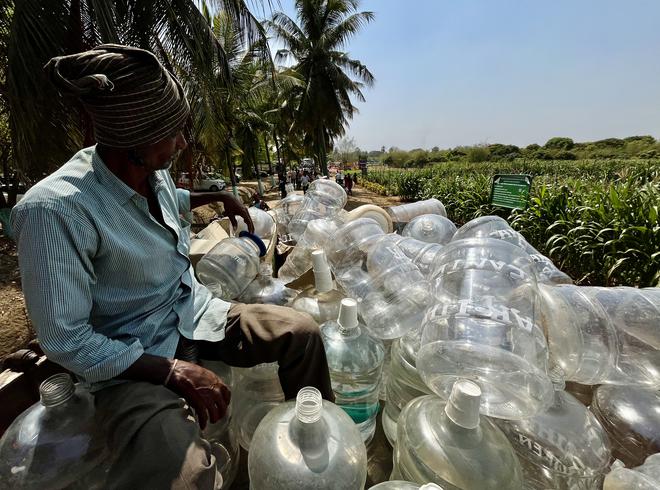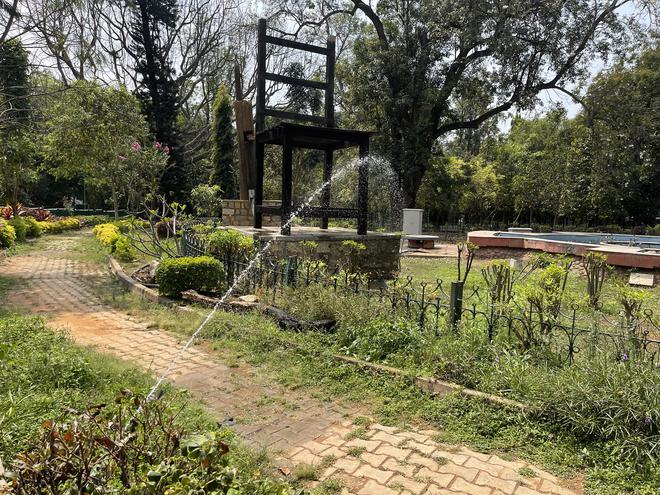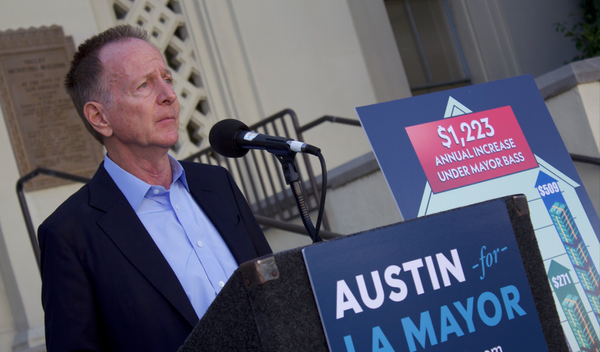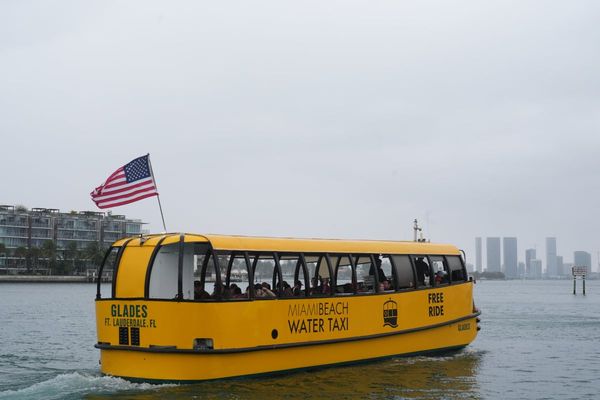Bengaluru’s desperate dependence on an external drinking water source, while offering scant regard to alternatives, came out starkly in that one single notification. But is the latest Bengaluru Water Supply and Sewerage Board (BWSSB) directive banning drinking water for non-essential uses a sign that the city is finally on track with a sound conservation strategy?
Not many are convinced. The notification, prohibiting water use for washing vehicles, gardening fountains, construction and roads, does threaten violators with ₹5,000 for first offence and an additional daily penalty of ₹500 thereafter. But for decades, lax enforcement of rules have had big players get away with massive misuse of the precious Cauvery water supplied to the city at great cost.
Karnataka Chief Minister Siddaramaiah has admitted that Bengaluru is facing a shortage of 500 Million Litres per Day (MLD) water every day.

Lack of regulation
The clear lack of a regulatory mechanism to first put conditions on water usage and stringently enforce them is seen as a big problem. N.S. Mukunda from Bengaluru Praja Vedike notes, “You give permission to all these highrises just by saying that the Water Board will make its best efforts to supply water. You stop at that and do nothing, what is the use? You need to insist that they follow certain rules and procedures.”
The ban imposed through the notification, he says, is only a temporary knee-jerk reaction of the government to see through the day as they have to manage with whatever water is available for the next two months. This is another proof of the absence of a long-term vision.
Adhocism can be risky
At a time when climate change is playing havoc with rainfall patterns, adhoc short-term reactions can get extremely risky. “Empirically speaking, we now see that over a five-year period, there will be at least two years of drought, one year of excessive rainfall and two years of normal rainfall,” he points out.
The concretisation of wetlands and public spaces besides the white-topped roads have meant there are no long-term strategies. “It is critical to ensure some other ways to let groundwater recharge into the concrete. We are now doing the opposite. White-topped roads are totally impermeable to water, you can’t even drill into that,” says Harini Nagendra, who leads the Azim Premji University’s Centre for Climate Change and Sustainability.
Climate change has meant there are extremes of excess water or too little water. “There are no average rainfall days left in our future. We should explore ways to let the excess water into the ground through the concrete. Maybe by drilling very small and very deep recharge tubes into the ground on roads, in government offices, in public places they should be doing this. It should be mandatory for the government to act first,” she elaborates.
Another solution, as Mukunda says, could be to ensure that the city’s storage capacity is twice the annual requirement. “That should be the first fundamental objective. Immediately after a drought year, you ration the supply for four hours per day in the morning and four hours in the evening. Do that and definitely you will not face a dire shortage problem,” contends Mukunda.

Dual piping, tech tweaks
Dual piping for potable and non-potable / treated water is mandated for new constructions. But what about lakhs of older constructions? Is there a way to retrofit and boost consumption of treated water? Harini draws attention to Chennai, where strict enforcement of the dual-piping rule had dramatically addressed the drinking water crisis of the early 2000s. “We need to look at innovative tech fixes to look at older constructions,” she says.
The Vedike had proposed a comprehensive water mapping of the city in terms of sources and capacity. The platform had also suggested that the ultimate ownership of the city’s ground water resources should be the BWSSB, which then connects all ground water sources by pipeline and regulates the supply to people in dire need of drinking water.
The drinking water crisis might seem severe now. But the warning signs had begun to show up years back. But they were mostly ignored. At a Indian Institute of Science (IISc) conference in 2008, Mukunda recalls, the then BWSSB chairman had warned that if the city was allowed to grow without regulations, water would dry out by 2014. “He was made to shut up and sit down, and not allowed to speak further.”
Impact on Cauvery 5th Stage
The current crisis is likely to impact the launch of the Cauvery 5th Stage. Although the initial plan was to kickstart the process of supplying drinking water to 110 villages on the city’s outer areas by May, the linkage with the larger BWSSB pipeline network could take a year. Former BWSSB Engineer-in-Chief N Thippeswamy notes the prevailing storage crisis could delay it even more.
“In the context of the current storage levels, the commissioning of the fifth stage may not be possible till the next monsoon sets in,” he says, drawing attention to a proper planning lacuna both at the government and BWSSB levels. “These are to be expected due to the impact of climate change. This will continue in the years to come. Both the Water Board and Government should seriously look at how best other water resources can be utilised to meet the demand.”
Currently, BWSSB supplies 1,470 Million Litres per Day (MLD) of water daily to the city. Cauvery 5th stage is expected to boost this by an additional 775 MLD. The Board Chairman Ramprasath Manohar had recently stated that the city and its outskirts require a daily supply of 2,100 MLD. Insisting that there is no need to panic, he informed that the dams had 34 tmcft of water against the city’s demand for 17 tmcft till July.
On March 12, the Board decided to reduce water supply by one to 20% to companies, hospitals, airports and the railways. This move to mitigate the crisis is expected to release more water to 257 areas identified as badly impacted by the water shortage. Among the regions are HSR Layout, Bommanahalli, Peenya, Balgagunte, KR Puram, Ramamurthy Nagar, Marathahalli, Hosakerehalli and D J Halli.
Follow Cape Town template
But does this give much confidence to Bengalureans, lakhs of whom on the outskirts are now reeling under the full impact of the crisis? Thippeswamy suggests following the Cape Town template, when that South African city hit global headlines in 2018 while being precariously close to Day Zero of running totally out of water.
The pushpack there started with a steep tariff penalising heavy users, prohibition of water for pools, lawns and non-essential use, and installation of a new water pressure system. Restrictions were imposed on allocation of water to surrounding agricultural areas. Aggressive advertising on electronic boards reminded people how many days the water supply would last. Citywide water usage maps were released to help people compare their consumption with their neighbours.
These government mandated measures were complemented by active community efforts. Social media users widely circulated water-saving tips, tourists were advised by hotels to take short showers and flush toilets only when required, and restaurants reduced making pasta and boiled vegetables.







